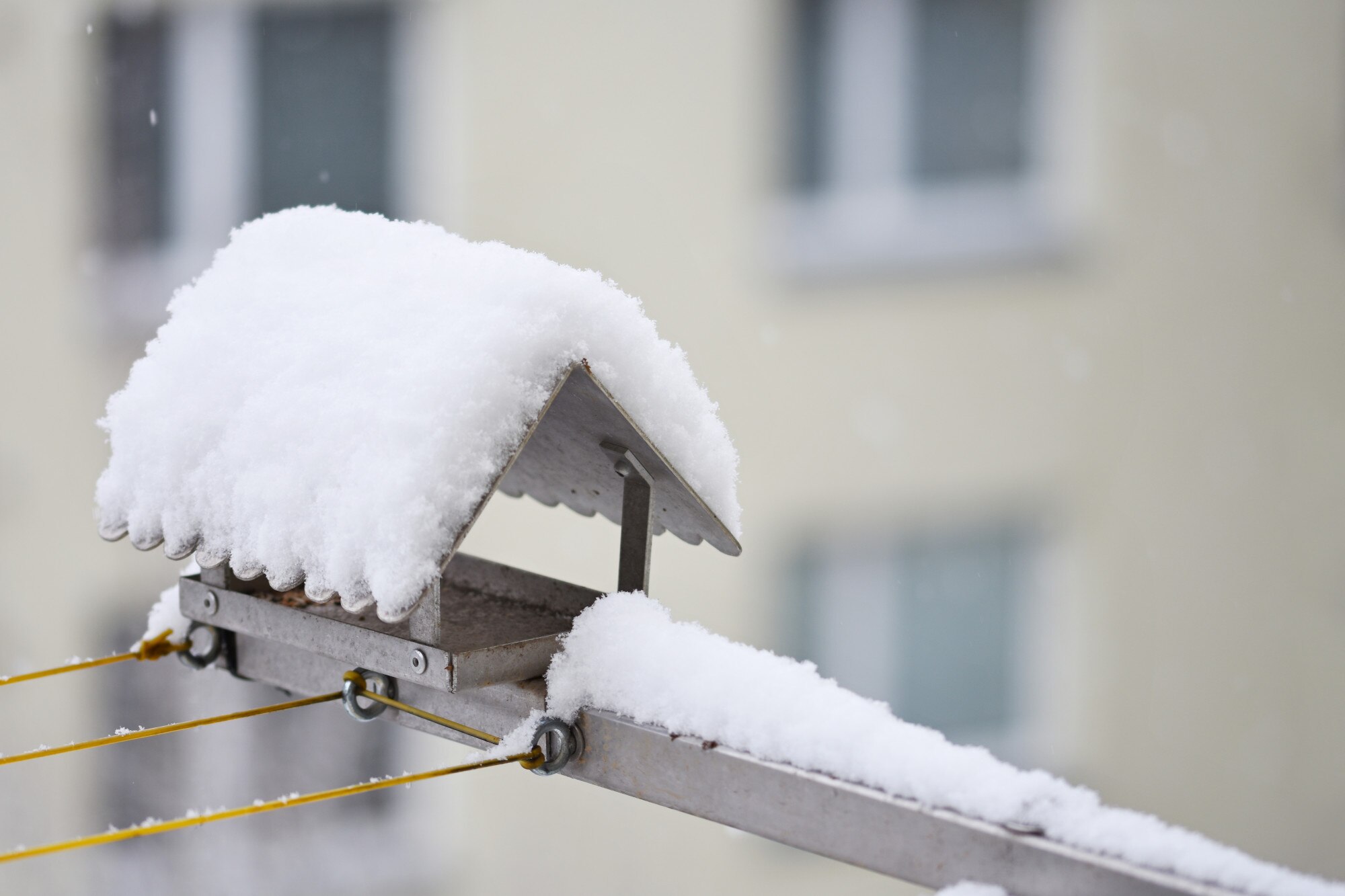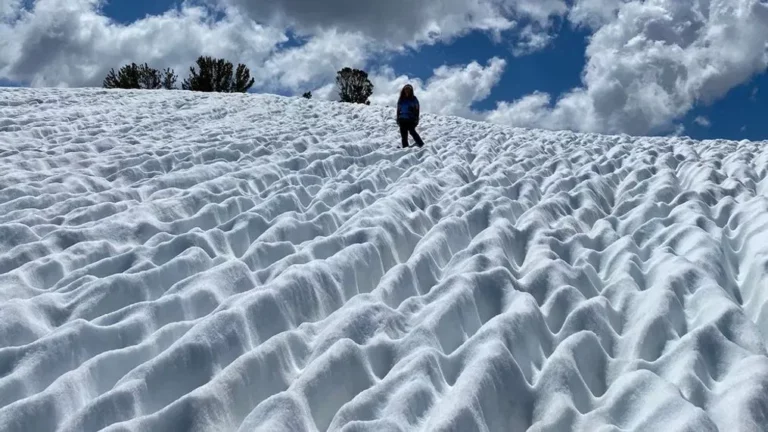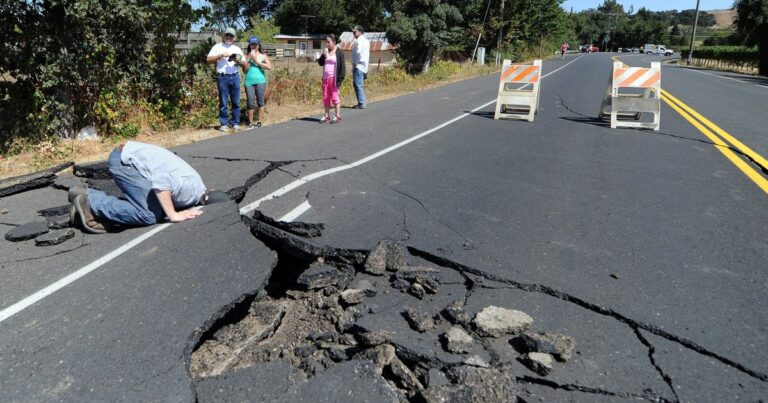Measuring Snowfall is an essential practice for various purposes, including weather forecasting, avalanche risk assessment, water resource management, and recreational activities. Accurate snow measurements are crucial for understanding snowpack depth, density, and water content. In this article, we will discuss various methods and instruments used to measure Heavy Snowfall.
1. Snow Depth Measurements:
a. Snow Stick or Snow Probe: A snow stick or snow probe is a long, slender rod with markings indicating snow depth. To measure snow depth, simply insert the stick vertically into the snow until it reaches the ground. The depth is then read from the markings on the probe.
b. Snow Tube: A snow tube is a hollow cylindrical instrument used to measure snow depth. By inserting the tube into the snow, the amount of snow taken into the tube is a measure of the snow depth at that specific location.
c. Snow Depth Ruler: A snow depth ruler is a simple ruler-like tool calibrated in inches or centimeters. It is placed on the snow surface, and the depth is read at the point where the ruler meets the snow.
2. Snow Water Equivalent (SWE) Measurements:
Snow Water Equivalent (SWE) measures the amount of water contained within the snowpack and is crucial for understanding its potential impact on water resources. SWE is typically measured in inches or millimeters.
a. Weighing Method: This method involves weighing a known volume of snow and then melting it to determine the water content. The weight of the melted water provides the SWE.
b. Snow Pillow: A snow pillow is an automated device that measures the weight of the snow above it. As the snow accumulates, the weight on the pillow increases, and this data is transmitted electronically to calculate SWE.
c. Snow Course: A snow course is a designated area where manual measurements are taken to calculate SWE. Measurements involve probing the snowpack at various locations within the course to determine its water content.

3. Snowfall Density Measurements:
Snow density is the ratio of snow mass to its volume and is essential for understanding snowpack stability and avalanche risk.
a. Density Cutter: A density cutter is a cylindrical tool used to extract a snow core. By measuring the weight and volume of the snow core, snow density can be calculated.
b. Snow Pit and Snow Profile: A snow pit involves digging a trench or pit in the snowpack to examine its layers and density. Snow density is assessed by measuring the mass and volume of specific snow layers.
4. Snow Crystal and Microstructure Analysis:
a. Snow Crystal Card: Snow crystal cards are transparent cards with grids that aid in classifying and measuring snow crystals. They help in studying snow crystal structure, size, and shape.
b. Microscope: Microscopes are used to study the microscopic details of snow crystals and understand their growth patterns, which can provide valuable insights into the snowpack’s characteristics.
5. Remote Sensing:
Remote sensing technologies are increasingly used to measure snow cover over large areas.
a. Satellite and Aerial Photography: Satellites and aircraft equipped with specialized cameras capture images that can be analyzed to determine snow cover extent and depth over vast regions.
b. Ground-Penetrating Radar (GPR): GPR is used to measure snow depth and snow water equivalent by sending radar signals through the snowpack and analyzing the reflected signals.
In conclusion, accurate measurement of snow is vital for multiple applications, including safety, environmental monitoring, and resource management. A combination of manual, automated, and remote sensing techniques provides comprehensive insights into snow depth, density, water content, and crystal structure. These measurements are crucial for understanding snowpack dynamics and making informed decisions in various fields. You can use Snow Day Predator to know the Today Snowfall Rate.







